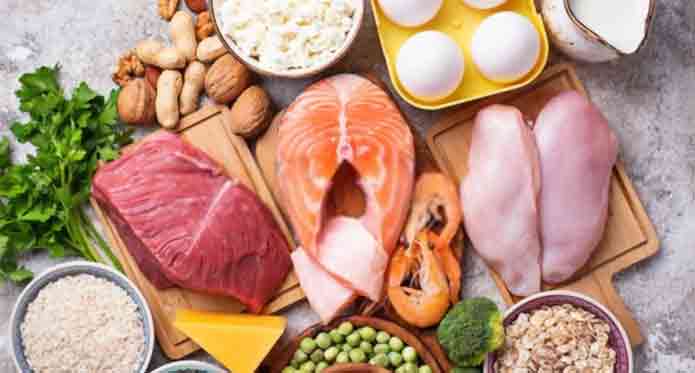If you’re curious about how ProHydrolase is made, you’ve come to the right place. In this article, we’ll explain the Alpha, Beta, Gamma chains, and Sources of ProHydrolase. We’ll also explain why it’s useful in a broader context. For your convenience, we’ll also summarize the process in a simple diagram.
Alpha
The Alpha prohydrolase enzyme is a class of proteins that catalyze biochemical reactions. They are critical for human metabolism and are involved in many mild conditions. The human body is homeostatic, meaning it keeps close control of pH, temperature, and concentrations. Despite these controls, enzymes continue to react with their substrates. This is because they are sensitive to heat, moisture, and other environmental factors. If you want to learn more about this enzyme, read on!
Beta
The beta prohydrolase is a pancreatic enzyme, required for the digestion of proteins, lipids, and bile. Its major function is to break down large proteins into smaller chains, releasing nutrients that were previously locked up in larger proteins. Prohydrolase is also known as an endoprotease, since it cuts at the interior of the protein molecule, while aminopeptidase and carboxypeptidase attack the protein’s terminal end.
Gamma chains
The gamma chain is made up of different protein subunits. Proteins are chains of amino acids that are linked together in a sequence by a covalent bond, either an amide or an ester. The alpha chain contains endoproteases, enzymes that break proteins down into polypeptides, and the beta chain contains carboxypeptidase B, which dissolves protein substrates in acidic environments. The gamma chain controls the amount of prohydrolase in the stomach and is also responsible for its regulation of its activity.
Conclusion:
ProHydrolase has been found to improve protein availability from a serving. Its increased protein availability allows you to reduce the serving size without losing protein. It comes from Stevia leafblätter, a plant native to South America. Its sweet taste is due to stevia glycosides. For a healthier lifestyle, you should consider consuming prohydrolase supplements, such as these. However, before consuming stevia supplements, you should first find out whether it is safe to consume it.

